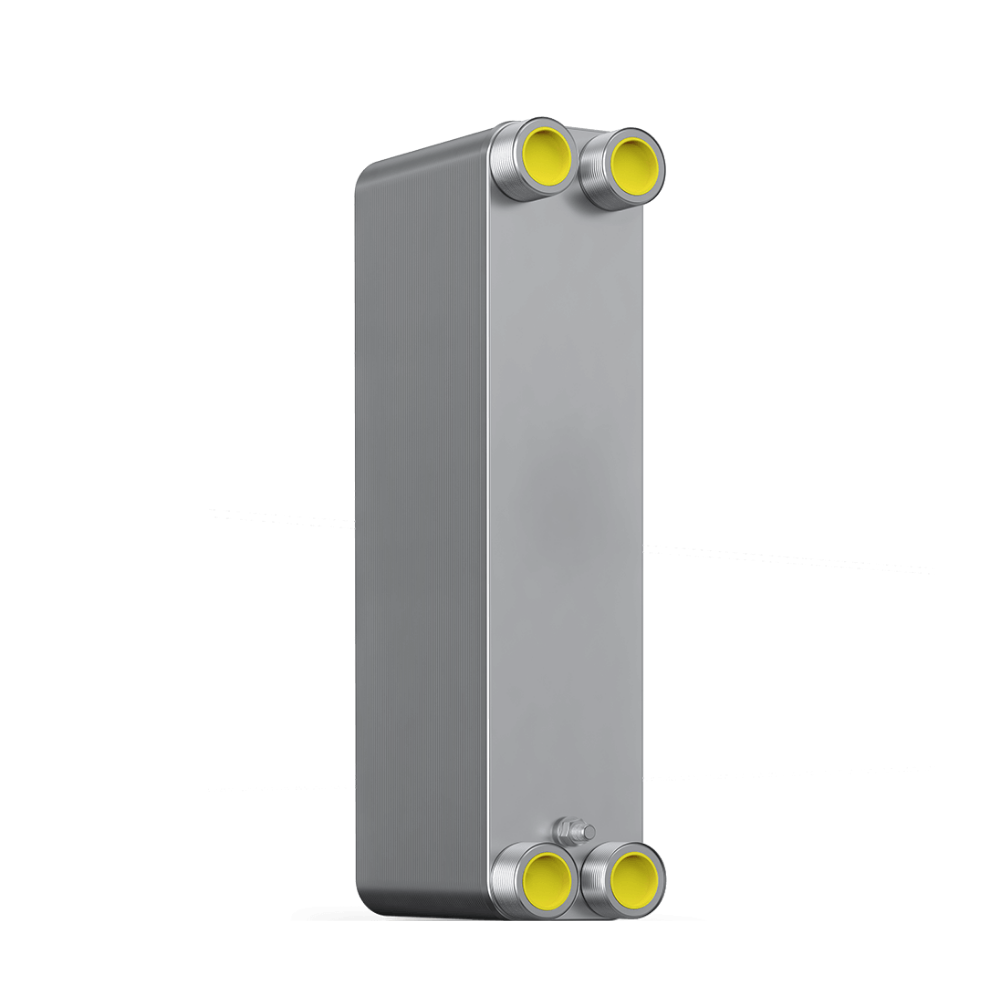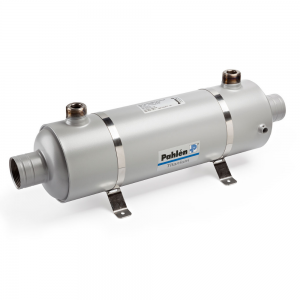Advantages:
Low purchase price:
High technical efficiency combined with thin plate material and low production costs keeps the SONDEX sales price of the brazed heat exchanger at an extremely competitive level.
High temperature and pressure:
Contrary to the traditional plate heat exchanger the brazed plate heat exchanger does not contain rubber gaskets and can operate continuously at temperatures from minus 180 degrees C up to plus 200 degrees C. The operating pressure can be as high as 30 bar.
Plate requirements:
The design of the brazed plate heat exchanger provides a lightweight heat exchanger. This in most cases can be mounted directly on the piping without supports.
Minimum temperature difference/great thermal efficiency:
The high turbulence degree of each plate compared to all other heat exchanger types makes quick temperature changes possible. The SONDEX brazed plate heat exchanger is available with an insulation, at a small extra price. These heat exchangers are great for heating and cooling of clean liquids. Particles and dirt must be larger than one millimetre in size which would result in blockage.
Furthermore, the SONDEX brazed plate heat exchangers are suitable as evaporator and condenser units.
Typical applications are:
- District Heating/Heating and Ventilation
- Solar Heating and air-conditioning units
- Heating pumps and heat recovering units
- Hydraulic and fuel oil units
- Construction and mode of operation
SONDEX brazed plate heat exchangers consists of:
A number of thin, acid-resistant plates, precision stamped and assembled as a unit. Each alternate plate is rotated 180°. The plate pack, assembled with two end plates and connections, is vacuum brazed at extremely high temperatures providing a permanently sealed heat exchanger.
The final result is a strong and compact plate heat exchanger with extremely high heat transmissions. The high heat transmission comes from the main pattern which is designed to create a turbulence flow. The strong turbulence prevents or minimizes blockages in the heat exchanger. Should the liquid or stream used cause restrictions, you can rinse the plate heat exchanger with cleaning agents. This according to the specifications in our Installation, Operation and Maintenance Manual.




